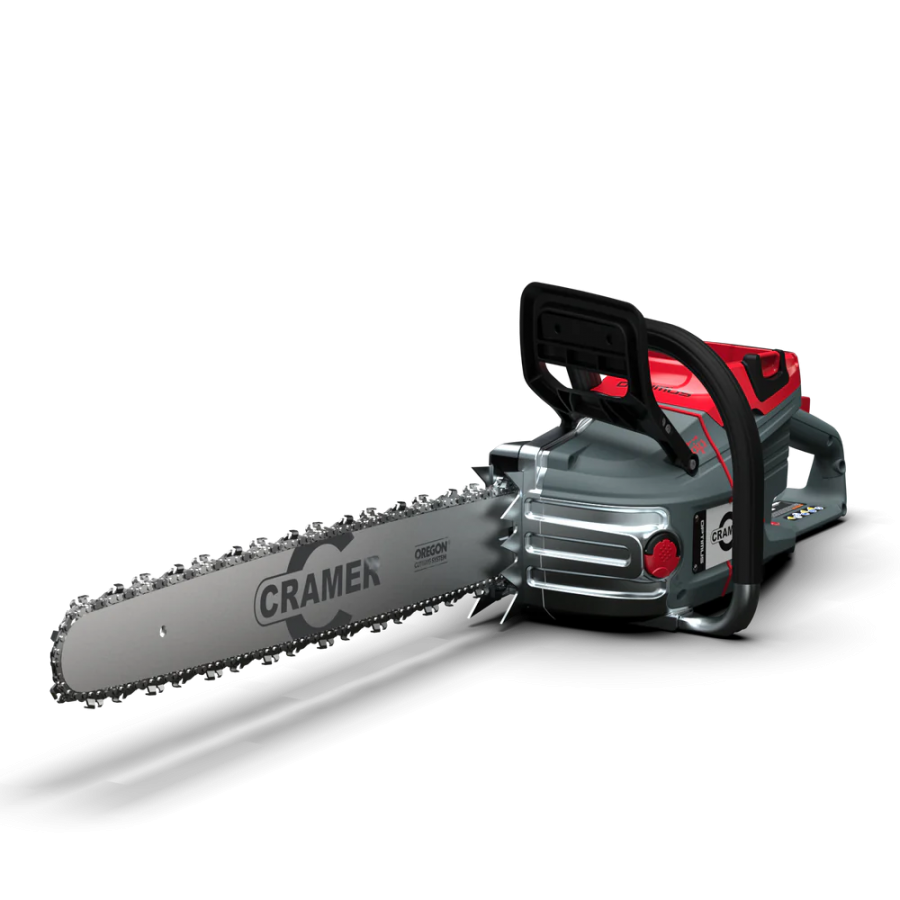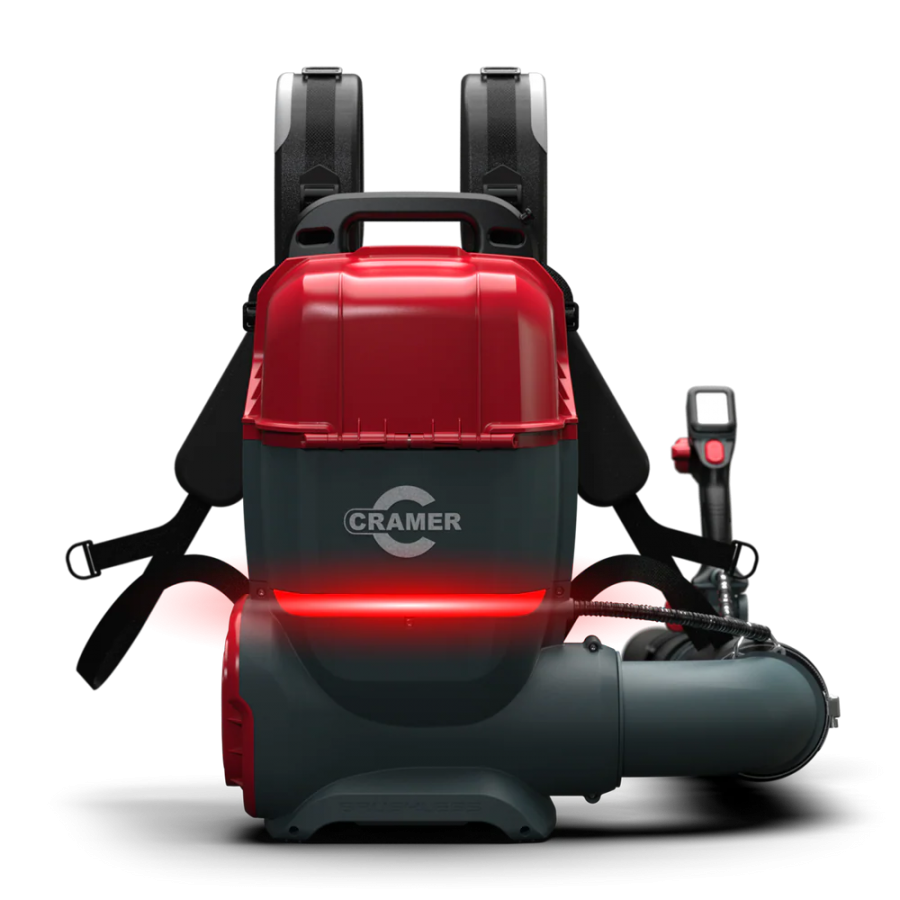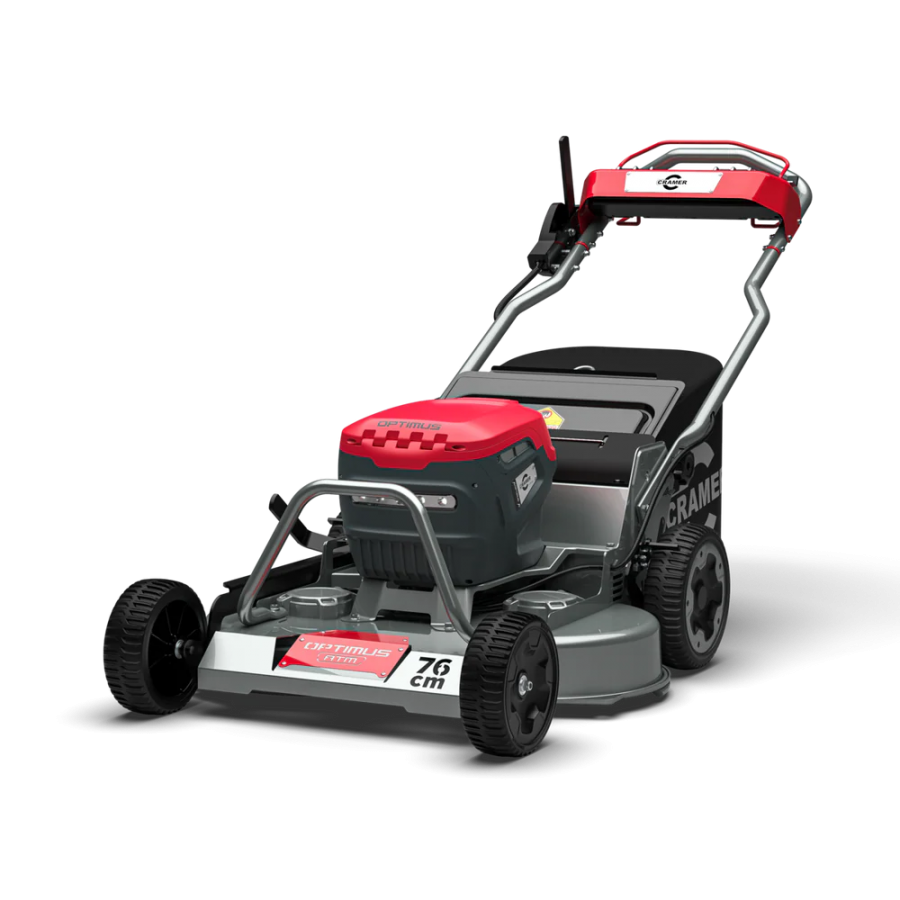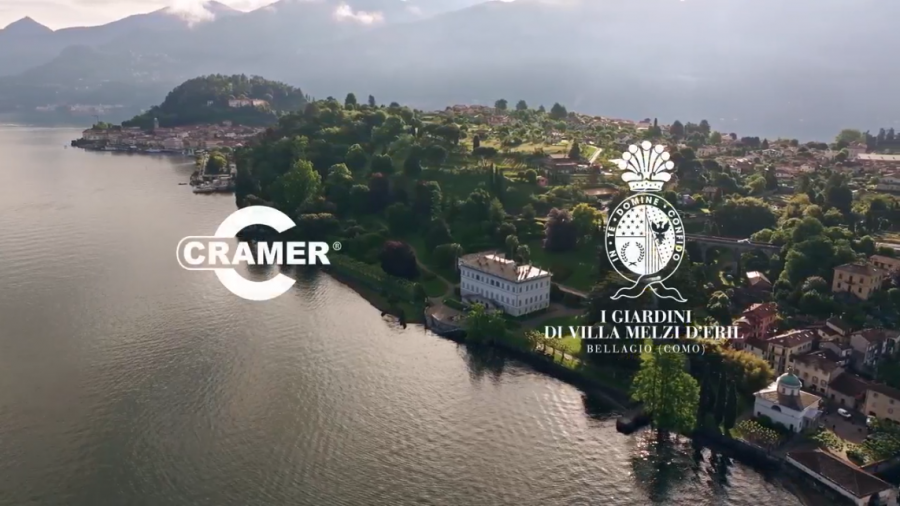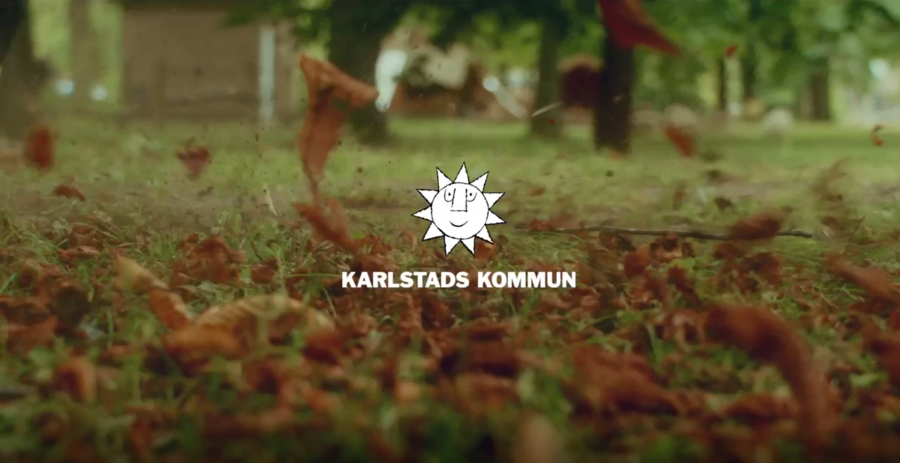Water is not the abundant resource it would appear to be. The world's population is growing by about 80 million per year, equating to a freshwater demand of 64 billion cubic metres a year. To put the problem into sharper focus, some 97% of all the earth's water is saltwater, 2% is held in snow and icebergs and only 1% is freshwater - the only portion currently usable for human consumption.
The problem needs to be addressed by using water more effectively - more recycling and improving water delivery systems - but for immediate water conservation, efficient irrigation practices and systems provide the best solution. A range of technologies is available, from pressurised sprinklers to sophisticated computer controls and new low volume irrigation technology, such as Dripline, which eliminates waste by delivering precise amounts of water slowly and evenly, at or near the plant's roots.

A major element of water used in landscaping is to irrigate grass which generally needs more water than other types of plants. Over-watering is common but there are simple practices, such as adjusting a sprinkler to water for shorter periods during the cooler months, that will reduce water consumption. Another simple practice is to water large landscape sites at the ideal time of day – between 5 a.m. and 10 a.m.
There are key steps to implementing water-efficient irrigation, whether for a large commercial property, a golf course or a garden. Automated systems make it easier to design irrigation schedules according to the needs of each irrigation zone and they can be set to use the minimum amount necessary to maintain plant health.
Controllers provide an easy way to adjust the irrigation system based on the needs of the environment. They can be linked to weather stations and some can also be web enabled with a communication cartridge to benefit from internet weather forecasts.
In landscaping, water is often wasted through evaporation when systems appear to be “misting or fogging.” This is generally a result of excessively high water pressure and can be reduced by using pressure regulating high efficiency nozzles, sprayheads, valves and regulators. With low water pressure, the use of a high efficiency irrigation pump with pressure regulating system sprayheads, will ensure efficient and uniform irrigation coverage.
Once a system has been installed, maintenance is essential and employing a fully qualified irrigation contractor is recommended. On-going maintenance programmes and

periodic monitoring are important since broken pipelines and clogged sprinklers can defeat the best efforts to conserve water.



